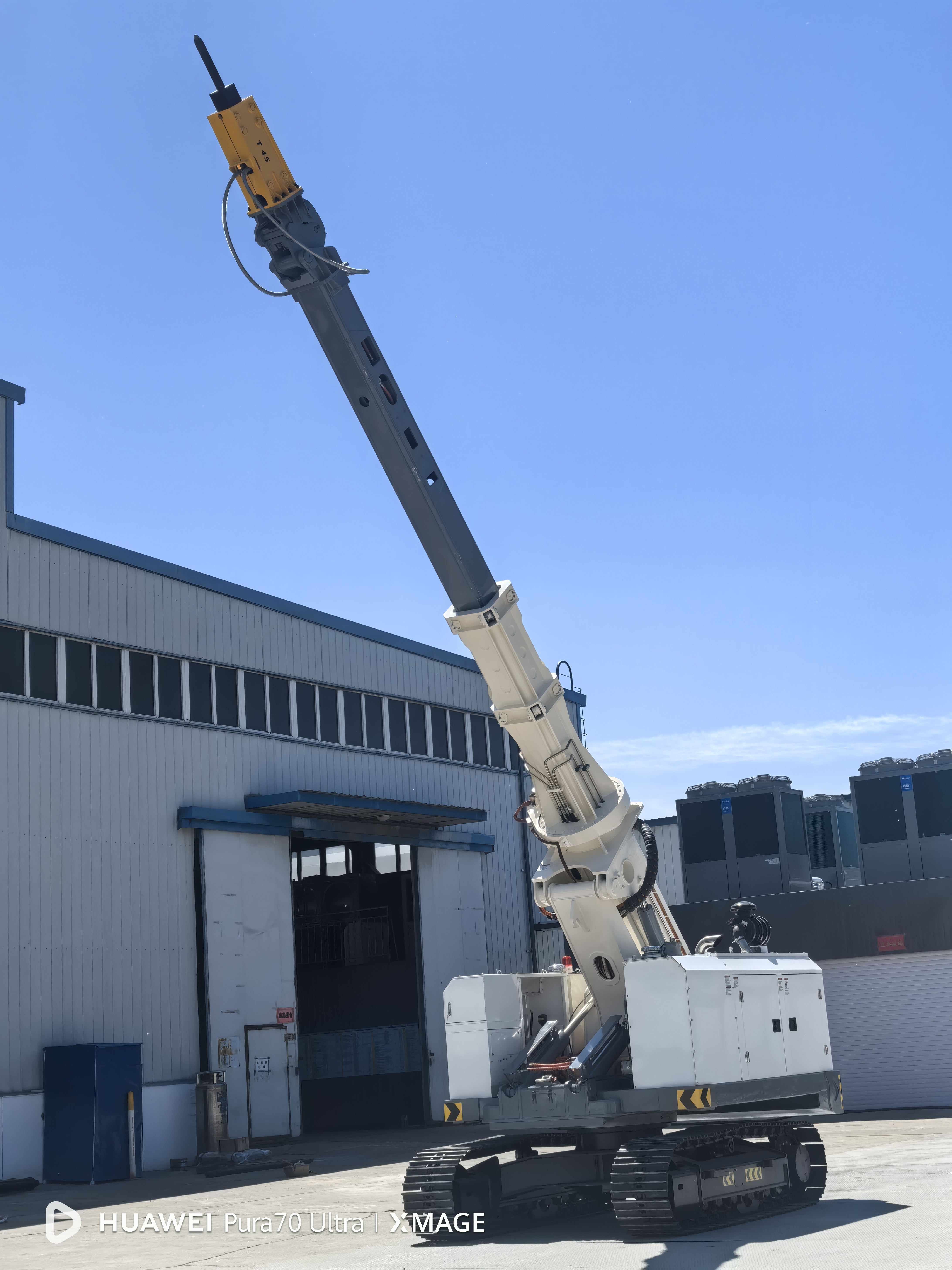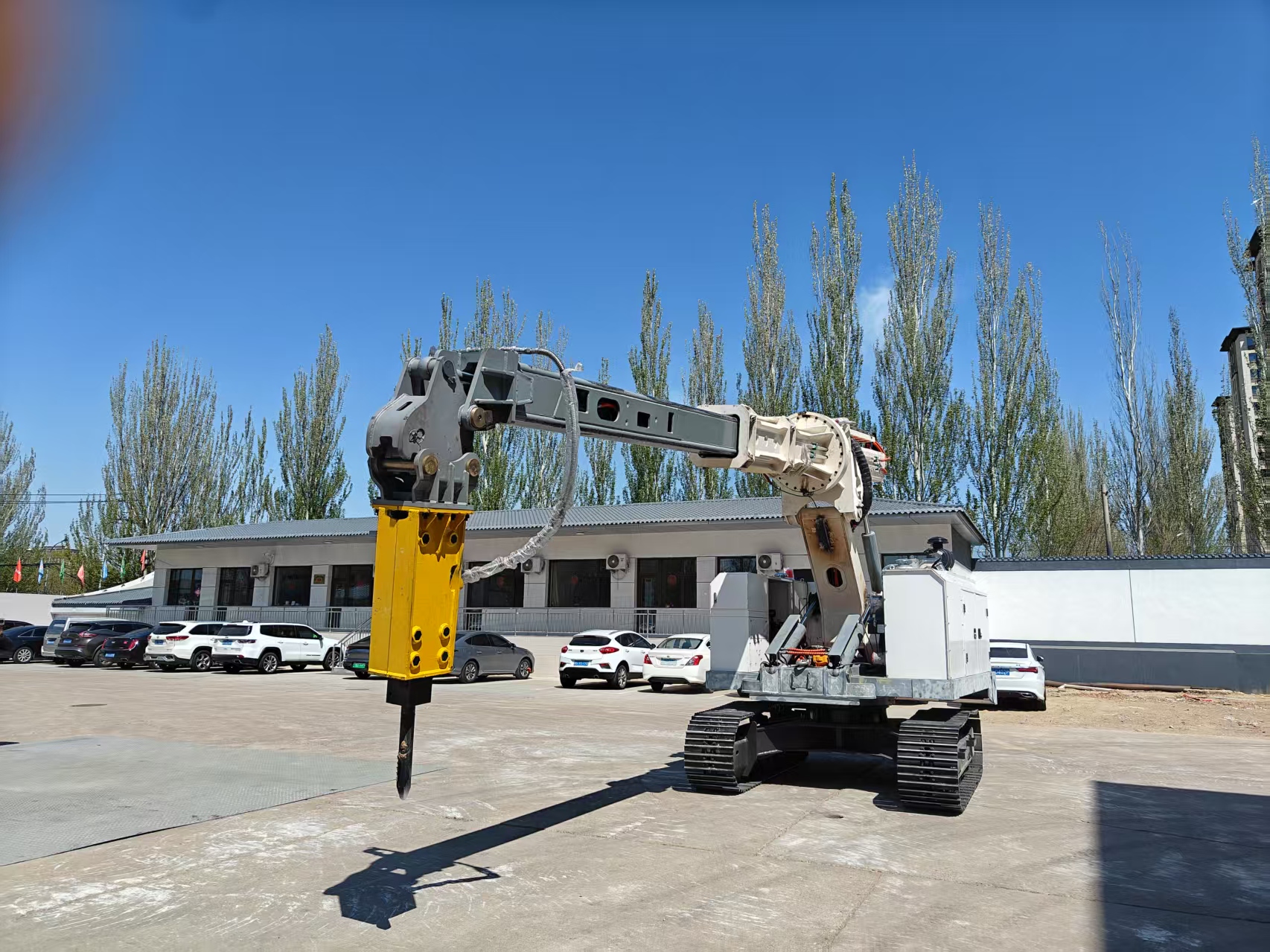Slag Removal Machines in Blast Furnaces: Technology, Evolution, and Sustainable Innovation
Blast furnace slag, a byproduct of ironmaking comprising silicates and oxides, poses inherent challenges to metallurgical efficiency and environmental compliance. With modern blast furnaces producing up to 300 kg of slag per ton of pig iron, specialized slag removal machines have become indispensable for process optimization and resource recovery. This article examines the core equipment, operational principles, performance metrics, and transformative trends shaping this critical metallurgical technology.

Crane-mounted modules: Equipped with 3D surface scanners, weight sensors, and anti-sway technology to eliminate 90% of grab oscillation.
Ground management systems: Monitor real-time operations and automate slag stacking/merging.
Wireless data networks: Ensure reliable communication between on-board PLCs and control centers.
Granulation: Molten slag is quenched with water to form glassy granules.
Dewatering: A dynamic drum removes excess moisture, achieving 10% residual water content.
Collection: Granules are conveyed to silos for further processing.
Throughput efficiency: INBA systems process 10-15 tons of slag per minute, outperforming traditional dry slag pits by 3x.
Energy consumption: Vertical roller mills require 35-45 kWh/ton of GGBS, vs. 60-70 kWh/ton for conventional grinders.
Reliability: PKTI tapping hole sealers, used in Magnitogorsk and Novolipetsk plants, achieve 98% operational availability.
Environmental compliance: Unattended cranes reduce dust emissions by 75% through enclosed extraction systems.
High-temperature wear: Scrapers and grab buckets require refractory coatings (e.g., FSK’s ceramic-matrix composites) to withstand 1,500°C slag temperatures.
Water dependency: Traditional INBA systems consume 0.8-1.2 m³ of water per ton of slag, prompting drought-prone regions to adopt dry technologies.
Maintenance complexity: Modular machines with non-uniform components (e.g., tuyere service devices) increase downtime for repairs.

Predictive maintenance: Sensors in vertical roller mills monitor bearing temperatures and lubrication levels, reducing unplanned downtime by 40%.
Precision dosing: Ishikawalite’s nano-engineered fluxes, paired with automated systems, optimize slag-metal separation in high-sulfur steel production.
Data-driven optimization: Huijin Group’s rare earth-based fluxes use real-time composition data to adjust lanthanum-cerium ratios, improving fluidity by 25%.
Paul Wurth (SMS Group): Dominates granulation systems with 60% of global market share.
Anyang Huatuo: Supplies 300,000 tons/year of bulk slag conditioners to Chinese steel mills.
Haewon FM: Patented calcium-aluminate fluxes achieve 98% desulfurization efficiency.
